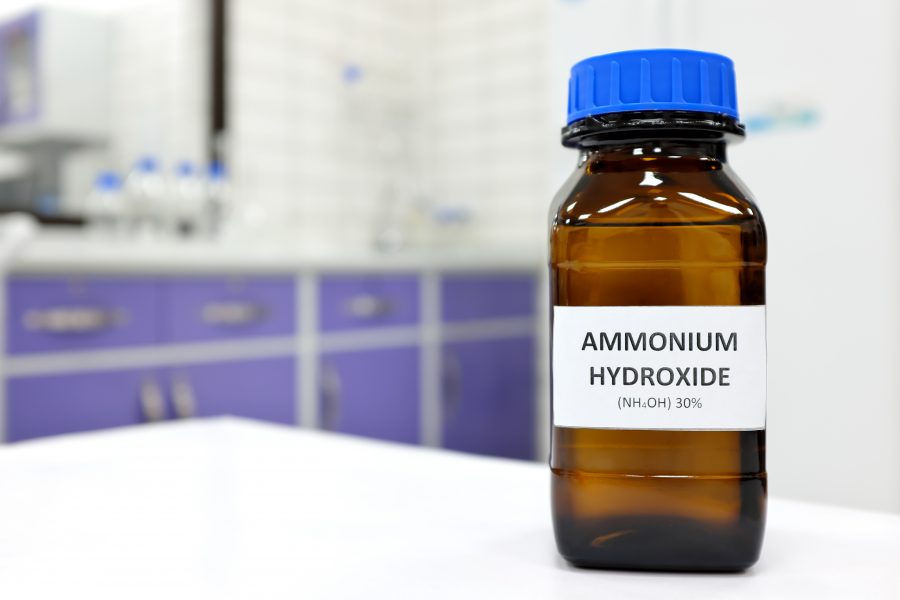Ammonia Refrigeration Tools and Equipment: Safety and Maintenance Guidelines
- Feb 17, 2023
- 3 min read

As a leading provider of ammonia refrigeration equipment, we know how important it is to maintain and operate these systems safely. Ammonia is a powerful refrigerant with excellent thermodynamic properties, making it ideal for use in large-scale industrial refrigeration systems. However, it is also a hazardous substance that requires careful handling and strict safety protocols.
In this article, we will provide you with comprehensive guidelines for the safe operation and maintenance of ammonia refrigeration tools and equipment. These guidelines cover everything from personal protective equipment to emergency response procedures, and will help you ensure the safe and efficient operation of your ammonia refrigeration system.
Personal Protective Equipment
Personal protective equipment (PPE) is an essential part of safe ammonia refrigeration operation. All workers involved in the operation, maintenance, and repair of ammonia refrigeration systems must wear appropriate PPE at all times.
The following PPE is recommended for workers in ammonia refrigeration facilities:
Safety goggles or face shield to protect eyes from ammonia vapor
Chemical-resistant gloves to protect hands from exposure to ammonia
Respiratory protection, such as a half-mask or full-face respirator with appropriate cartridges or filters, to protect against inhalation of ammonia vapor
Protective clothing, such as coveralls or aprons, to protect skin and clothing from ammonia
It is important to ensure that all PPE is in good condition and fits properly. Workers should be trained on the proper use, care, and maintenance of PPE.
Safe Handling and Storage of Ammonia
Ammonia is a colorless gas with a pungent odor. It is stored and transported in pressurized containers, and must be handled with extreme care to prevent leaks and exposure. The following guidelines should be followed when handling and storing ammonia:
Ammonia should only be handled by trained personnel who are familiar with the hazards and safety protocols associated with the substance.
Ammonia storage containers should be inspected regularly for signs of corrosion or damage, and should be stored in a secure, well-ventilated location.
Emergency shutoff valves should be installed on all ammonia storage containers to allow for quick isolation in the event of a leak or other emergency.
Ammonia should only be transferred using approved transfer equipment, and should never be released into the atmosphere.
Adequate ventilation must be provided in all areas where ammonia is handled or stored to prevent the buildup of ammonia vapor.
Equipment Maintenance and Inspection
Regular maintenance and inspection of ammonia refrigeration equipment is essential for safe and efficient operation. The following guidelines should be followed when maintaining and inspecting ammonia refrigeration equipment:
All equipment should be inspected regularly for signs of wear, damage, or corrosion.
Maintenance and repair work should only be performed by trained and authorized personnel.
Any equipment that is found to be defective or in need of repair should be taken out of service immediately.
Refrigerant leaks should be repaired promptly to prevent the release of ammonia into the environment.
Emergency shutdown procedures should be in place in case of a refrigerant leak or other emergency.
Emergency Response Procedures
Despite the best efforts to prevent accidents, emergencies can still occur in ammonia refrigeration facilities. It is essential to have a well-defined emergency response plan in place to minimize the impact of any incidents.
The following guidelines should be followed when developing an emergency response plan for ammonia refrigeration facilities:
The plan should include a clear chain of command and procedures for notifying emergency responders.
All workers should be trained on the emergency response procedures and know their roles and responsibilities in the event of an emergency.
Emergency response equipment, such as personal protective equipment, first aid kits, and spill containment materials, should be readily available and in good condition.
Regular drills and exercises should be conducted to test the effectiveness of the emergency response plan. In the event of an ammonia release, the following steps should be taken:
Notify emergency responders and evacuate the area immediately.
Shut down the ammonia refrigeration system and isolate the source of the leak if possible.
Provide first aid to any affected workers, if needed.
Clean up the spill using appropriate containment and cleanup procedures.






Comments